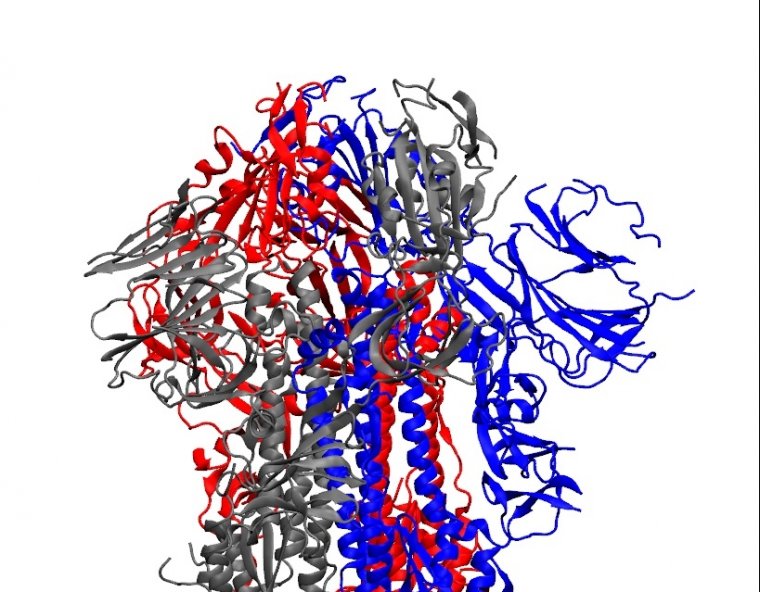Mutations are changing, but not eliminating, the antibody response to the virus.

Over the summer, you could almost hear a sigh of relief rising from the portion of the research community that was tracking the evolution of the SARS-CoV-2 virus. Viruses, especially those new to their hosts, often pick up mutations that help them adapt to their new habitat, or they evade drugs or immune attacks. But SARS-CoV-2 seemed to be picking up mutations at a relatively sedate pace, in part because its virus-copying enzymes had a feature that lets them correct some errors.
But suddenly, new variants appear to be everywhere, and a number of them appear to increase the threat posed by the virus. A new study helps explain the apparent difference: while new base changes in the virus’s genetic material remain rare, some deletions of several bases appear to have evolved multiple times, indicating that evolution was selecting for them. The research team behind this new work found evidence that these changes alter how the immune system can respond to the virus.
This looks familiar
The researchers’ interest in deletions started with their involvement with an immunocompromised cancer patient, who held off the infection for over two months without being able to clear the virus. Samples obtained from late in the infection revealed two different virus strains that each had a deletion in the gene encoding the spike protein that SARS-CoV-2 uses to attach to and enter cells.
When the researchers searched a database of other viral genomes, they found six other cases where the same or similar deletions seem to have evolved in other patients. This caused them to go back and look at a collection of nearly 150,000 viral genomes. They found that over 1,100 of them carried deletions in the spike protein. But critically, they found that these weren’t distributed randomly. Ninety percent of the deletions clustered into four distinct areas of the spike gene.
That could be for one of two reasons. It’s possible that these viruses are related by common descent and all inherited the same ancestral deletion. Or these deletions could be useful from an evolution perspective, and so whenever they happen to occur, they end up being kept around.
To figure out what’s going on, the researchers built an evolutionary tree of the viruses using mutations that occurred outside the spike protein. This showed that, outside of the deletions, the viruses were often distantly related. This indicates the latter option is likely to be true: the deletions often occurred independently and were just kept around at an unusually high rate. One specific deletion seems to have occurred at least 13 different times, and some of the deletions have been around since early in the pandemic.
Selected
If these deletions are being kept around, then the obvious question is “Why?” To find out, the researchers figured out how each of the deletions would alter the spike protein produced by the mutant form of the gene. They then compared this information to what we know about the structure and function of the spike protein. None of the regions turned out to be essential for the spike protein to do its job (which you’d expect, given that deleting those would probably inactivate it). Instead, some of the sites had already been identified as locations where antibodies to the spike protein would stick to it.
So, the researchers produced these deletion versions of the spike protein and tested whether an antibody that can neutralize the virus can stick to them. For one antibody, the answer was “yes”: two of the deletions completely blocked its ability to stick to spike, while the other two had no effect.
That’s bad news. But the immune response typically involves a collection of different antibodies that can stick to a virus. And, when the researchers tested patients’ plasma (which should have a mix of antibodies) against the mutant forms, some of the antibodies present were still able to stick to it. So, while any of these deletions seems to be capable of limiting the immune system’s ability to neutralize the virus, the deletions don’t eliminate that ability entirely.
And, while these mutations are worrying, they’re not yet a clear threat.
Some of these deletions have already been seen in strains that seem to have increased spread in recent months. And, while the research team was doing all these experiments, reports came out of four additional strains that were spreading quickly and carried deletions in spike.
Again, so far, there’s no indication that any of these strains can evade the immunity built up by earlier infection or one of the vaccines currently in use. But the results make clear that the virus is evolving in response to the immune system’s reaction to it, and we can’t guarantee that further changes won’t make COVID-19 harder for our immune systems to keep at bay.
Science, 2021. DOI: 10.1126/science.abf6950 (About DOIs).
By John Timmer

